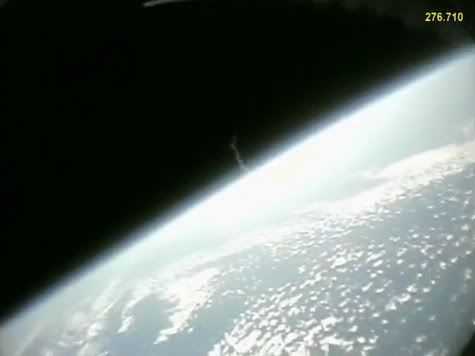Drawing from more than 50 years of spaceflight research and development, the Multi-Purpose Crew Vehicle (MPCV) is designed to meet the evolving needs of our nation's space program for decades to come.
As the flagship of our nation's next-generation space fleet, the MPCV will push the envelope of human spaceflight far beyond low Earth orbit.
The MPCV may resemble its Apollo-era predecessors, but its technology and capability are light years apart. The MPCV features dozens of technology advancements and innovations that have been incorporated into the spacecraft's subsystem and component design.
To support long-duration deep space missions of up to six months, NASA engineers are developing a state-of-the-art spacecraft. The MPCV's unique life support, propulsion, thermal protection and avionics systems will enable integration of new technical innovations in the future.
Building upon the best of human spaceflight design and experience, the MPCV spacecraft includes both crew and service modules, a spacecraft adaptor, and a revolutionary launch abort system that will significantly increase crew safety.
The MPCV's crew module is much larger than Apollo's and can support more crew members for short or long-duration spaceflight missions. The service module is the powerhouse that fuels and propels the spacecraft as well as the storehouse for the life-sustaining air and water astronauts need during their space travels. The service module's structure will also provide places to mount scientific experiments and cargo.
The MPCV is capable of transporting astronauts on a variety of expeditions beyond low Earth orbit ushering in a new era of space exploration.
http://www.nasa.gov/exploration/systems/mpcv/design.html








